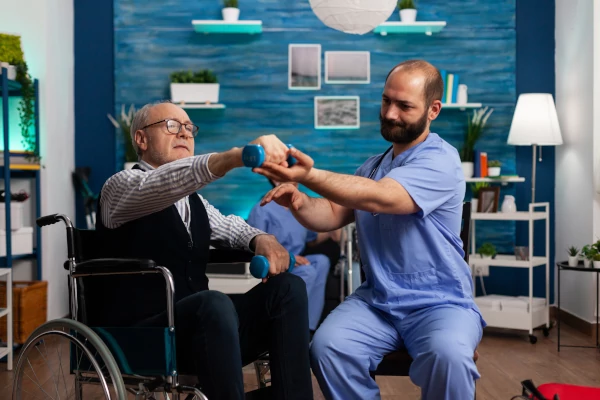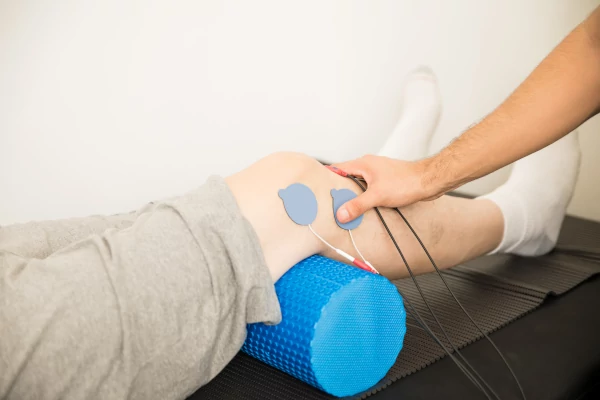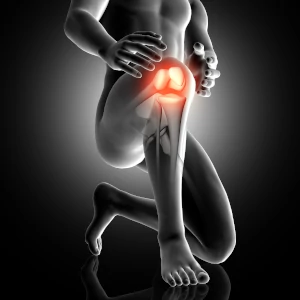Discover surprising facts and insights about physiotherapy that you probably never knew. Our blog post explores little-known aspects of this valuable form of treatment and sheds light on how it can improve your health and wellbeing.
- Physiotherapy is a healthcare profession that focuses on the assessment, diagnosis, treatment, and prevention of physical dysfunction and pain.
- Physiotherapists help patients regain or improve their physical abilities, as well as manage pain and prevent future injuries.
- Physiotherapy can be used to treat a wide range of conditions, including musculoskeletal, neurological, respiratory, and cardiovascular problems.
- Physiotherapy can be an effective treatment for chronic pain, such as back pain, neck pain, and joint pain.
- Physiotherapy can also be used to manage the symptoms of chronic diseases, such as multiple sclerosis, Parkinson’s disease, and arthritis.
- Physiotherapy can be used to improve mobility and balance in elderly patients, reducing their risk of falls and injuries.
- Physiotherapy can also be used to help athletes improve their performance and prevent injuries.
- Physiotherapists use a range of techniques to treat patients, including manual therapy, exercise therapy, electrotherapy, and acupuncture.
- Manual therapy involves hands-on techniques, such as joint mobilization to help reduce pain and improve movement.
- Exercise therapy involves prescribing specific exercises to help patients improve their strength, flexibility, and endurance.

- Electrotherapy involves using electrical currents to stimulate muscles and nerves and reduce pain and inflammation.
- Acupuncture involves the insertion of needles into specific points of the body to reduce pain and improve healing.
- Physiotherapy can treat TMJ (temporomandibular joint) disorders, which can cause jaw pain, clicking, and difficulty chewing and speaking.
- Physiotherapy can treat vestibular disorders, which can cause dizziness, vertigo, and balance problems.
- Physiotherapy can be used to treat urinary incontinence, which can affect women and men of all ages.
- Physiotherapy can be used to help patients recover after surgery, including joint replacements and spinal surgery.
- Physiotherapy can be used to help patients recover after a stroke, improving their movement and reducing the risk of complications.
- Physiotherapy can be used to treat lymphedema, a condition in which excess fluid accumulates in the limbs, causing swelling and discomfort.
- Physiotherapy can be used to help patients with respiratory problems, such as chronic obstructive pulmonary disease (COPD), improve their breathing.
- Physiotherapy can be used to help patients with heart disease, such as heart failure and angina, improve their exercise capacity and reduce their risk of complications.
- Physiotherapy can be used to treat carpal tunnel syndrome, a condition in which the median nerve is compressed at the wrist, causing pain, numbness, and weakness in the hand.
- Physiotherapy can be used to treat plantar fasciitis, a condition in which the plantar fascia (a band of tissue that runs along the bottom of the foot) becomes inflamed, causing heel pain.
- Physiotherapy can be used to treat tennis elbow, a condition in which the tendons that attach to the lateral epicondyle (a bony bump on the outer side of the elbow) become inflamed, causing pain and weakness in the forearm and hand.
- Physiotherapy can be used to treat Golfer’s elbow, a condition in which the tendons that attach to the medial epicondyle (a bony bump on the inner side of the elbow) become inflamed, causing pain and weakness in the forearm and hand.
- Physiotherapy can be used to treat patellofemoral pain syndrome.
- Physiotherapy can be used to treat a wide range of physical conditions and developmental delays in children, from infancy through adolescence.



